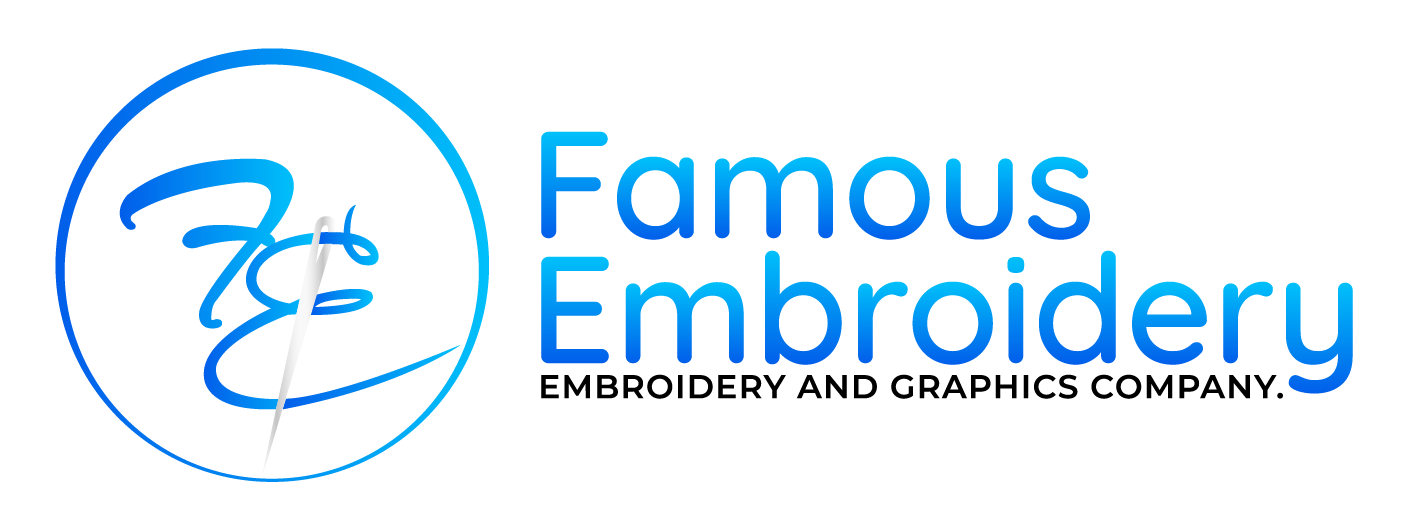Embroidery Digitizing

Embroidery perform Only a few generations old, digitizing was considered something of a hobby, craftwork, but it has risen sharply and evolved into a much more mature and high-tech form of design enhancement medium. As a result of this interaction of technology with the world of embroidery, embroidery digitizing originated as a much smarter way to get better results from a (somewhat antiquated) art form. The benefit of embroidery digitizing is being overstated, whether that be in unnecessary complexity to the garment, adding company logos, or even acting as a reference for the design to be used in a trendy way.
In this most basic form, embroidery digitizing is the conversion of any artwork, drawings, text, and perhaps other design into an embroidery design that the embroidery machine can understand and accomplish on the garment. Digital embroideries, like traditional embroideries, require Digitizers or Punchers, highly skilled individuals who can translate any design, be it a logo, picture, or illustration of any type, into a collection of unique commands using various software. Which are then adapted into a machine-readable format as well as executed, i.e. embroidered on a particular garment by a machine.
The art of embroidery digitizing is not easy; it has its own vocabulary that takes time to learn, understand, and appreciate; obviously, the better the software, the more the digitizer can do; nevertheless, even with the most basic features can be complicated for a new user to appreciate. From the start of the digitizing process, a professional and adept digitizer is purposeful and powerful. They consider the type of fabric the design would be embroidered on, as well as the design and the dimensions to function within and make appropriate changes, such as compensating for the push and pull and laying proper and more (or less) stabilizing underlay.
Even though digitizers are wonderful, they need embroidery software to complete the digitizing process. Each embroidery digitizing software is specific, and it’s important to remember that the software’s criteria are determined by the machine that will embroider the design. As both an example, If you have an industry-standard Tajima Pulse embroidery machine, you’ll need software that can generate source design files that this machine can read. Each computer, however, has its own complimentary software that can be accessed at a reduced price, or even for free (if purchased with the machine) Even, most software can create files that are more universal, such as DST, which can be read by the majority of today’s embroidery machines, not just their own. Embroidery digitizing is not just a fad; it has become the mainstay and an industry in itself.
The Opportunities of Embroidery Digitizing
Both the pattern and the embroidery are less expensive to make. Quickly
As embroidery is performed manually, it is easier. Continual
Since the procedure is automated, it is consistent. Easily accessible
Embroidery software can quickly digitize even the most complicated designs.
Why do you hire a company to digitize your embroidery?
• Buying embroidery software is hard and expensive to use, so digitizing your own sketches would not be a reasonable strategy.
• There should be no need to engage Digitizer.
• Enables us to focus on your business’s most needed to integrate, the embroidery process.
• The maximum level of quality possible, as all of our professionals are highly experienced and well-trained.
• Riskier because we embroidery digitizes with all of the details provided in mind and sends a sew-out (portraiture portrayal of the embroidered design) to the customer for authorization before finalizing it.
